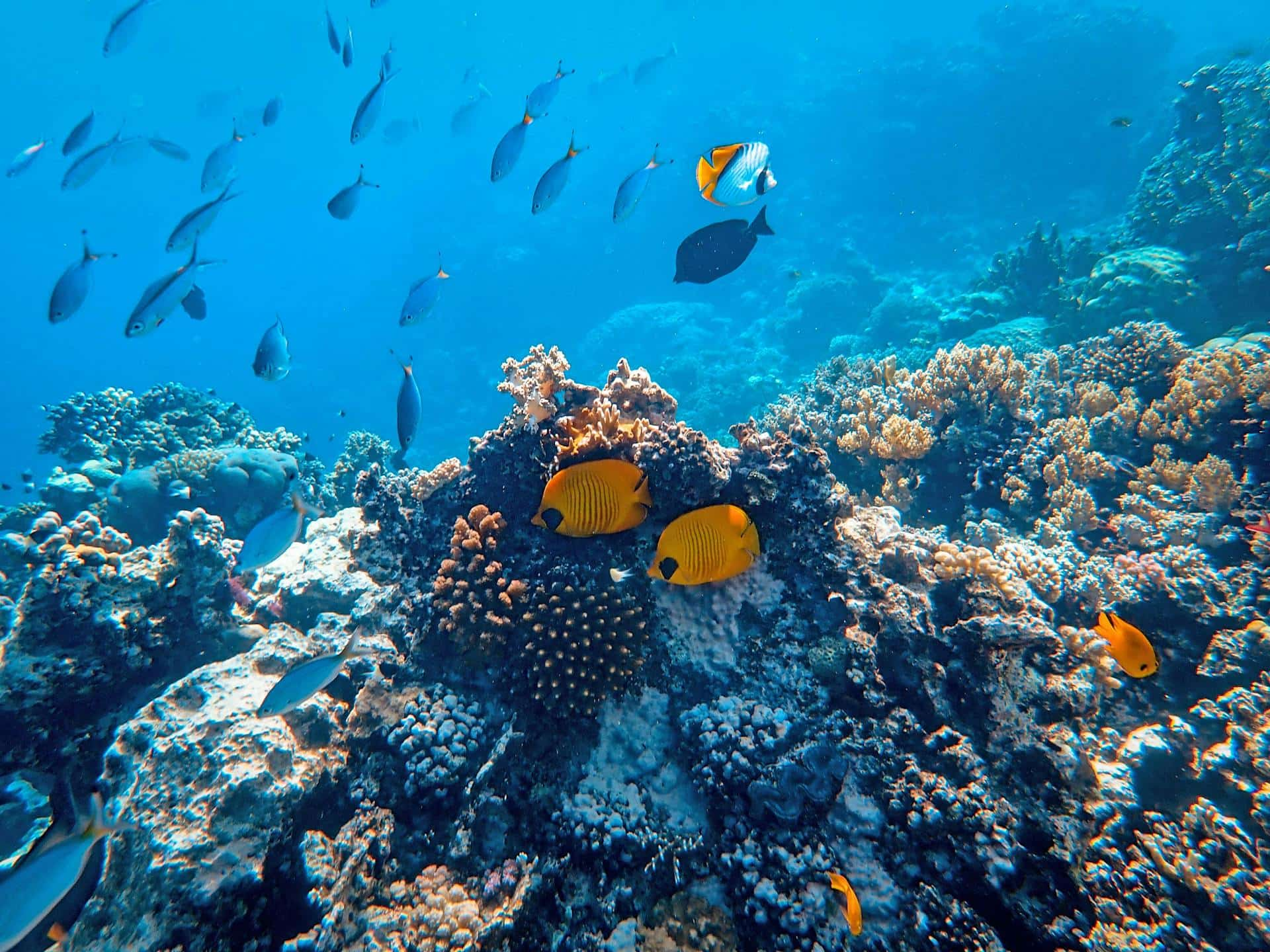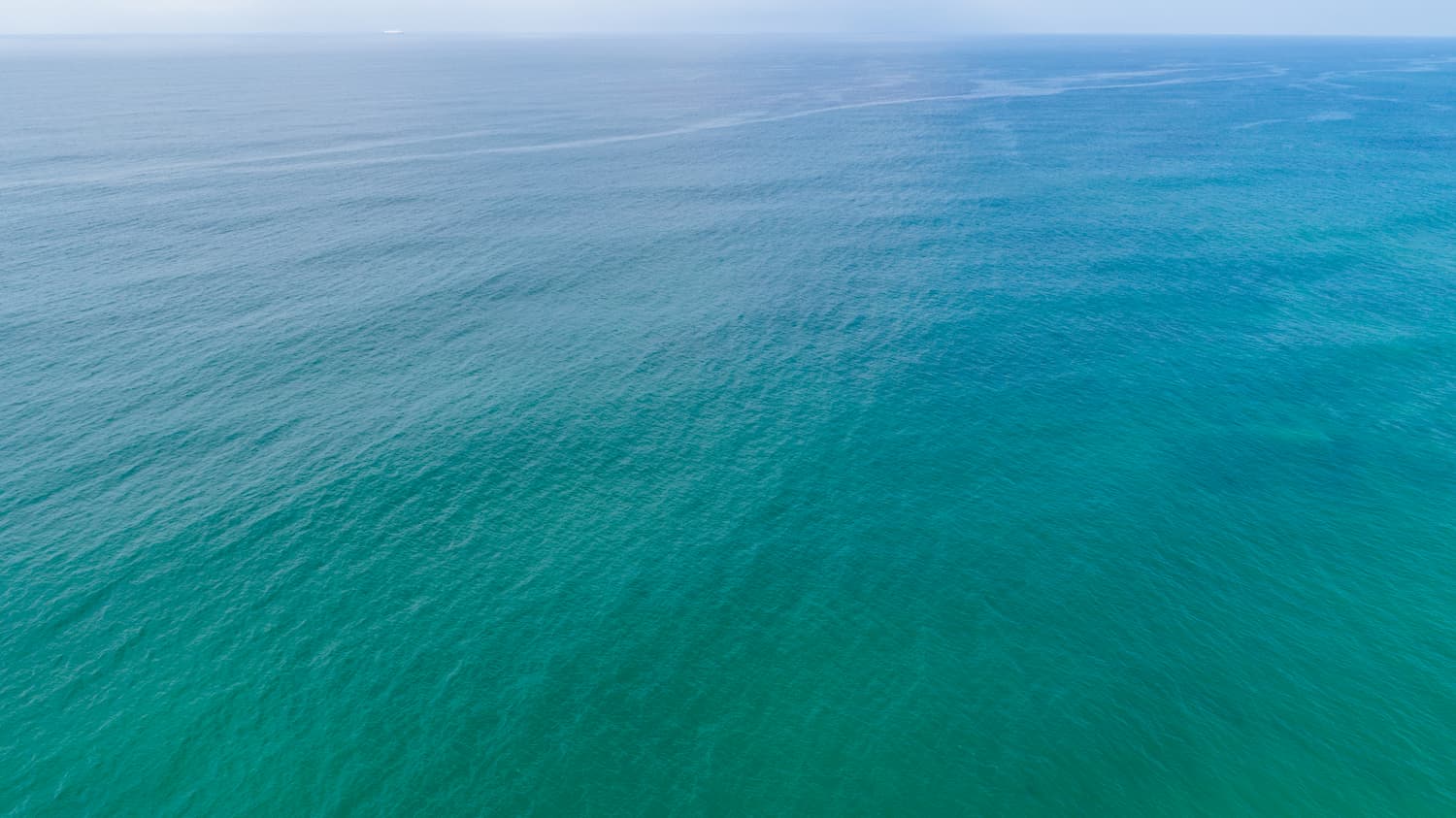Chlorophyll-a Concentration
EO Capability Benefits
Monitoring chlorophyll-a concentration using Earth Observation (EO) technologies offers a powerful way to assess the biological health of coastal and marine waters. It supports proactive marine resource management by enabling regular and large-scale assessments of ecological conditions. Monitoring chlorophyll-a concentration patterns helps inform conservation strategies, aquaculture operations, and coastal development planning. Satellite-based data enables frequent and consistent measurements across both nearshore and offshore waters, offering a cost-effective alternative to in-situ sampling. EO-derived chlorophyll-a data can be aggregated over time and space, making it easier to identify seasonal trends, long-term shifts, or unusual spikes linked to human activity or climate variability. This information feeds into broader ocean monitoring systems and supports environmental reporting, policy development, and decision-making for a sustainable blue economy.
EO Capability Description
Chlorophyll-a is a key indicator of phytoplankton biomass, which plays a foundational role in marine food webs and directly influences water quality, ecosystem productivity, and carbon cycling. Elevated chlorophyll-a levels can signal nutrient runoff or pollution, prompting further investigation or timely interventions. In contrast, persistently low levels might indicate stress conditions or imbalances in ecosystem dynamics. Tracking chlorophyll-a helps detect changes in primary production, eutrophication, and algal blooms — all of which can impact fisheries, tourism, and coastal ecosystem stability.
Satellite data enables the estimation of surface chlorophyll-a concentration in marine and coastal waters, initially by acquiring daily images from optical sensors that measure reflectance across multiple spectral bands, particularly those sensitive to chlorophyll absorption and scattering properties in the visible spectrum.
The images are processed to account for atmospheric conditions and water surface effects, ensuring reliable detection of ocean colour signals. Using bio-optical algorithms specifically tuned to extract chlorophyll content, a concentration value is calculated for each pixel across the image. These pixel-level results are then aggregated to create monthly maps that represent arithmetic, geometric, and percentile-based summaries of chlorophyll levels.
To enhance usability and interpretation, the data is spatially segmented into defined zones, which may vary in size based on coastal proximity or ecological significance. For each zone, summary statistics are calculated to reflect localised chlorophyll-a behaviour. This zonal approach allows for both spatial and temporal analysis, making it easier to observe patterns, compare regions, and identify trends or anomalies.
The result is a continuous, scalable dataset that supports high-frequency monitoring of marine ecosystems. When integrated with other EO-derived parameters — such as turbidity, water transparency, or temperature — chlorophyll-a concentration becomes a key input for understanding water quality, forecasting ecological changes, and guiding marine policy and management decisions.
Indicative Cost Range Details
Several free and open datasets at 4km spatial resolution are available, for instance as daily, 5-day, 8-day, monthly or yearly composites.




